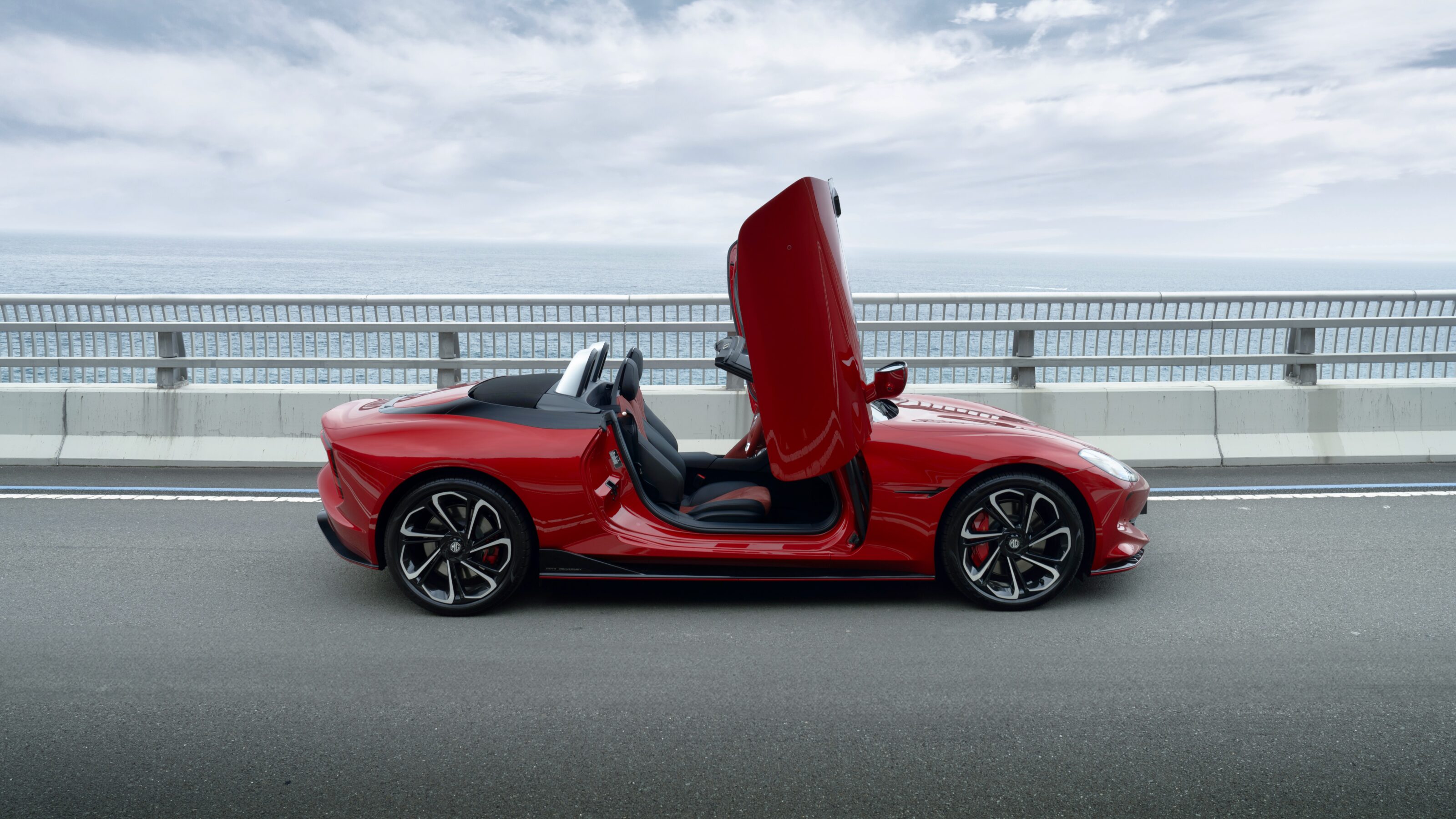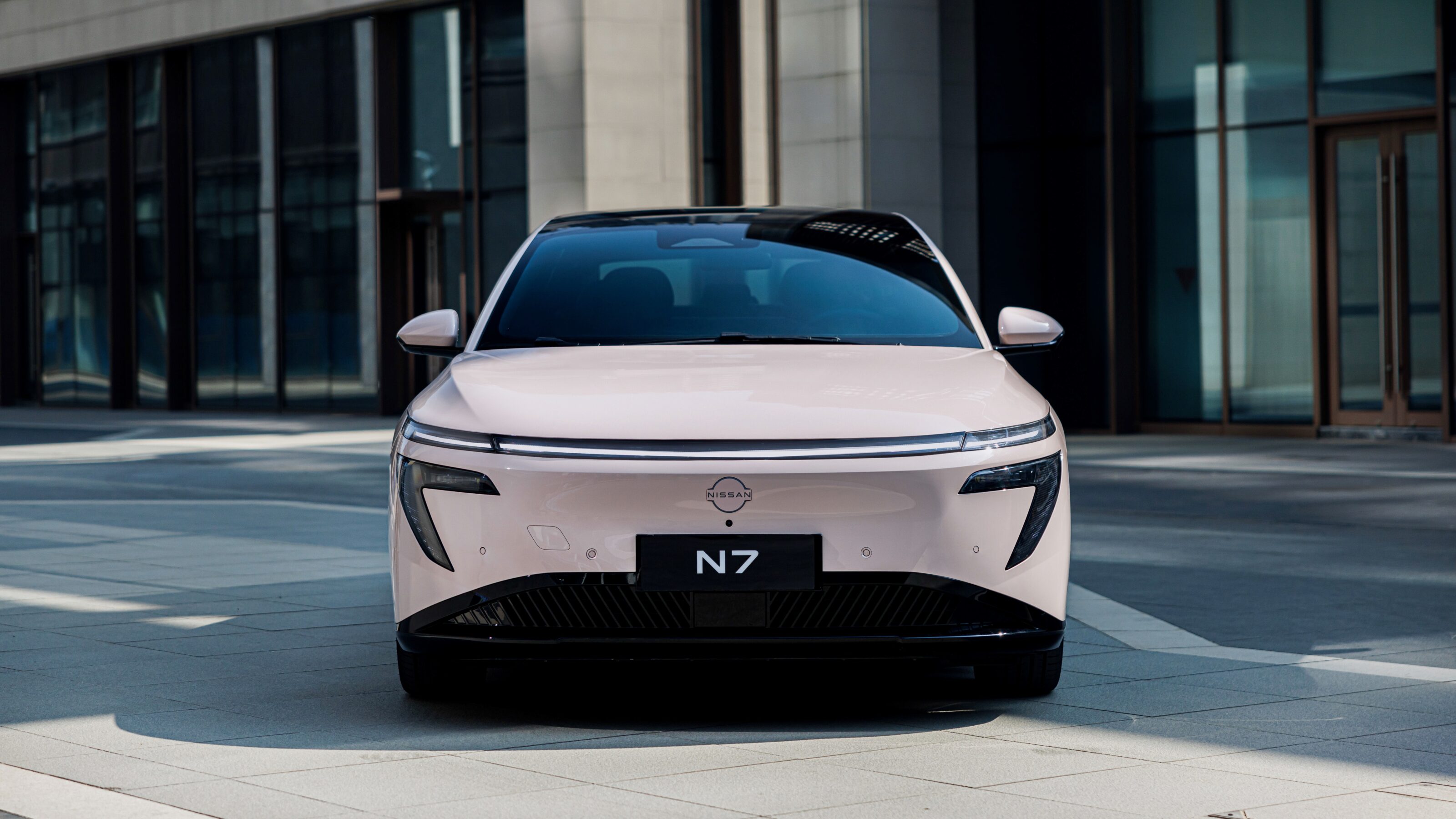Just a few short months ago, new Renault boss Luca De Meo issued the rallying war cry “vive le Renaulution” in a bid to turn his flailing company around in the dawn of the electric age.
The French marque has set itself some big targets since then – pledging it will launch seven new all-electric vehicles by 2025 and be the greenest car brand in Europe by 2030, with nine out of every 10 cars sold electrified.
In addition, it wants to move toward recycling 120,000 of its vehicles (including EVs) every year and use almost 80 per cent of strategic recycled materials in its new batteries – ending, as De Meo puts it, “decades of fast fashion and over consumption”.
During a press conference at Boulogne-Billancourt last week, the carmaker revealed more about its push towards “sustainable mobility”.
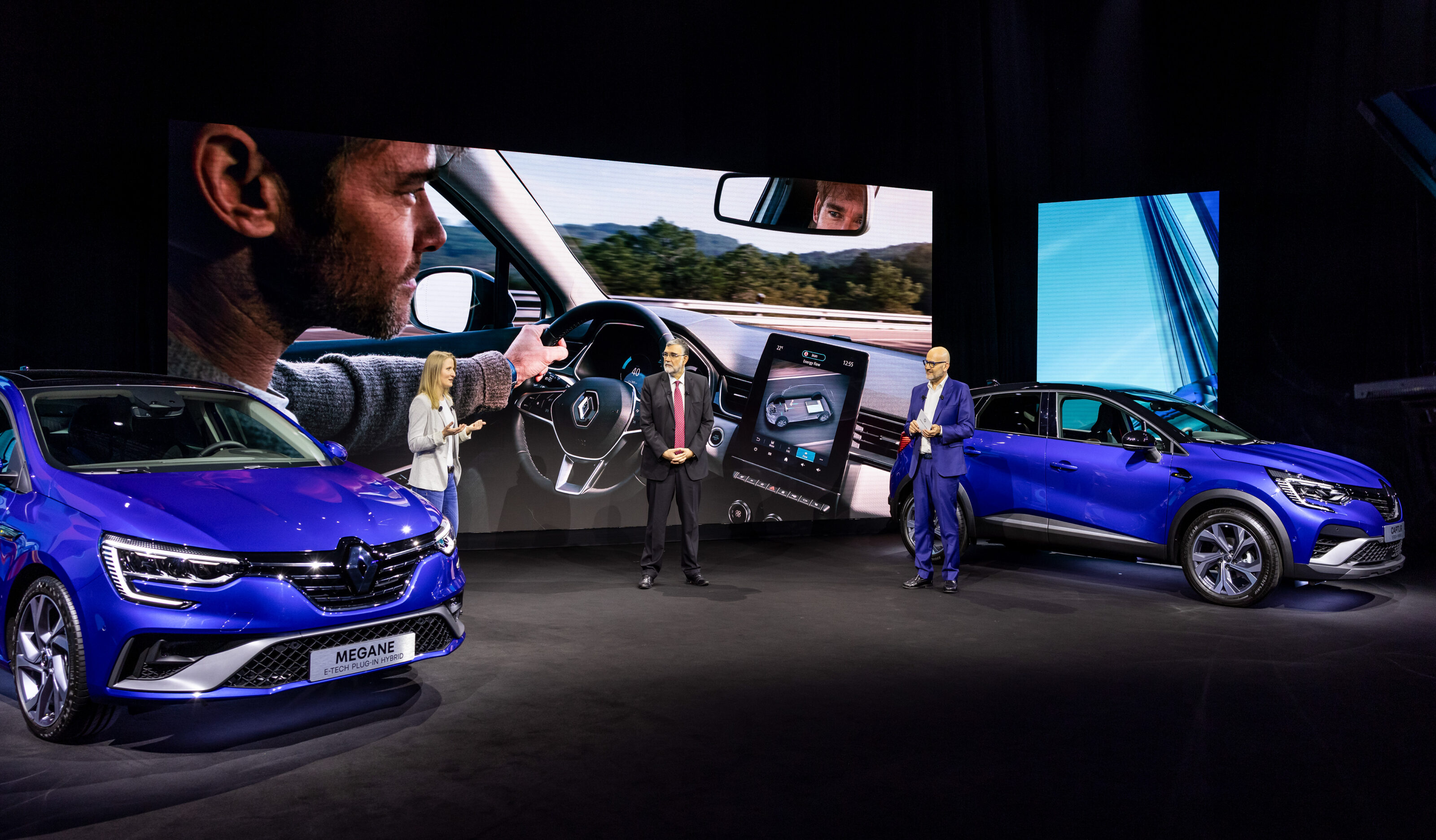
Last year welcomed the new Captur E-Tech plug-in hybrid electric vehicle (PHEV) and Megane Wagon E-Tech PHEV, as well as the Clio self-charging hybrid electric vehicle (HEV).
With the recent additions this year of the Captur E-Tech PHEV and the Megane Sedan E-Tech PHEV, and the brand-new model Arkana HEV about to go on sale in June, the Renault brand now has a range of six electrified vehicles.
Renault claims with the help of the new models in its line-up, it is building a “strong umbrella brand for its hybrid and electric vehicles” modelled on the engine used in its F1 cars.
So, what can we expect from the automaker for 2021/22?
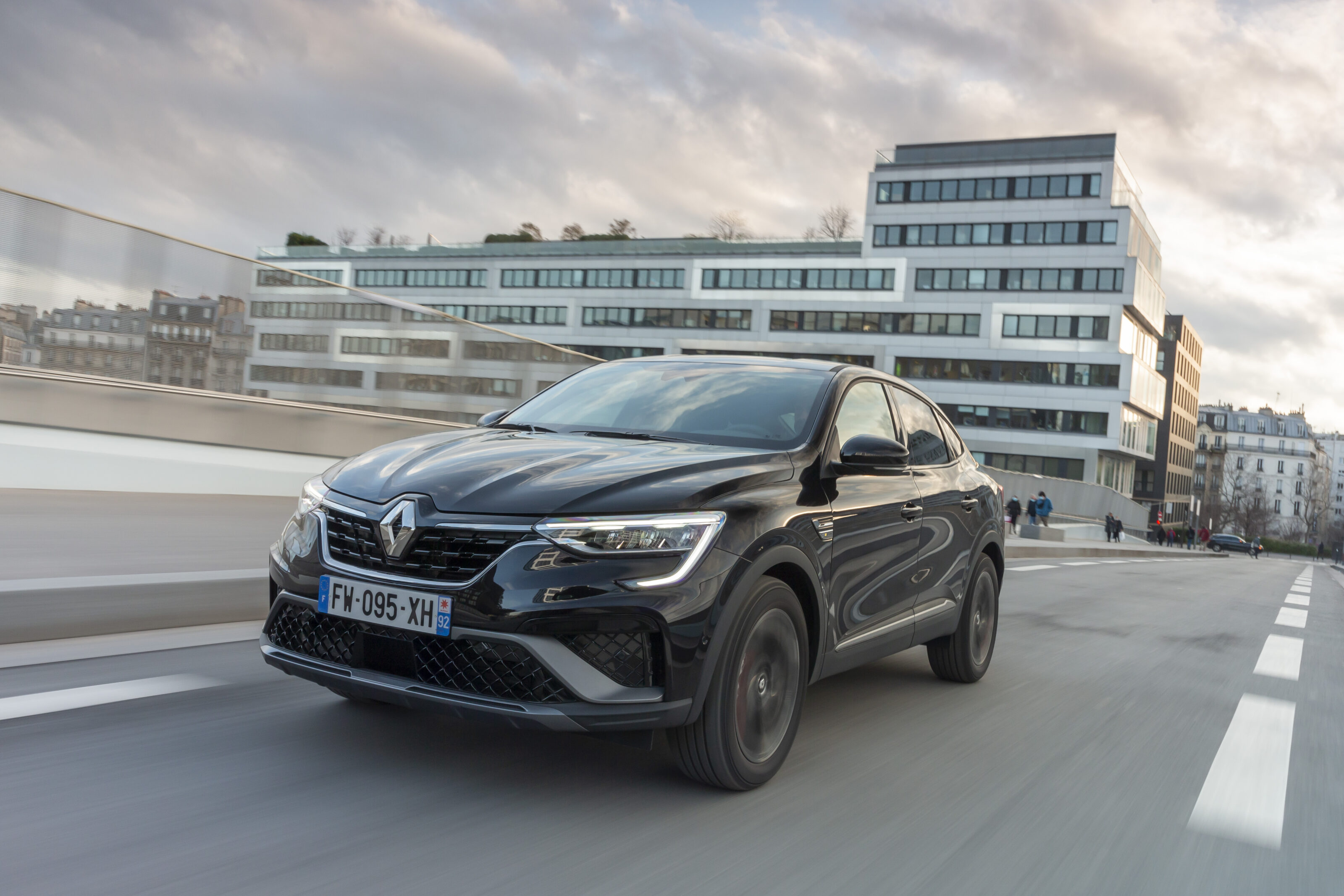
Arkana E-Tech HEV
The Arkana, a “surprisingly roomy” full-hybrid coupe SUV unveiled last year, is the first car in Renault’s range to be born as a hybrid rather than converted.
In Europe, the new Arkana is based on the Alliance’s CMF-B modular platform – which was also featured on the latest generations of Clio and Captur. It can run in all-electric mode up to 80 per cent of the time on city roads which equates to a 40 per cent fuel saving compared to a petrol engine running around town.
It contains a 12kWh lithium-ion battery and offers 105kW/353Nm of torque driving the front wheels.
The 1.6 litre four-cylinder engine is mated to an E-Tech multi-mode automatic gearbox with 15 combinations.
It’s also said to go from 0-100km/h in 10.8 seconds with a top speed of 172km/h.
Fuel efficiency is rated at 4.9L/100km on a combined cycle, and it’s said to produce 111g CO2/km.
Like the Renault Samsung Motors XM3, it will also be made at the Busan plant in South Korea.
According to the manufacturer, the Arkana “guarantees a more thrilling and responsive driving experience, especially with the R.S. Line trim design” and scores five stars in the Euro NCAP crash tests.More than 6,000 European orders have already been placed in May, ahead of the new model hitting showrooms in June.
The Arkana will also come with an ICE-only powertrain option in the form of a seven speed, four-cylinder, 1.3 litre petrol turbo variant producing 103kW/260Nm, with a claimed top speed of 205km/h. Fuel efficiency is rated at 5.8L/100km.
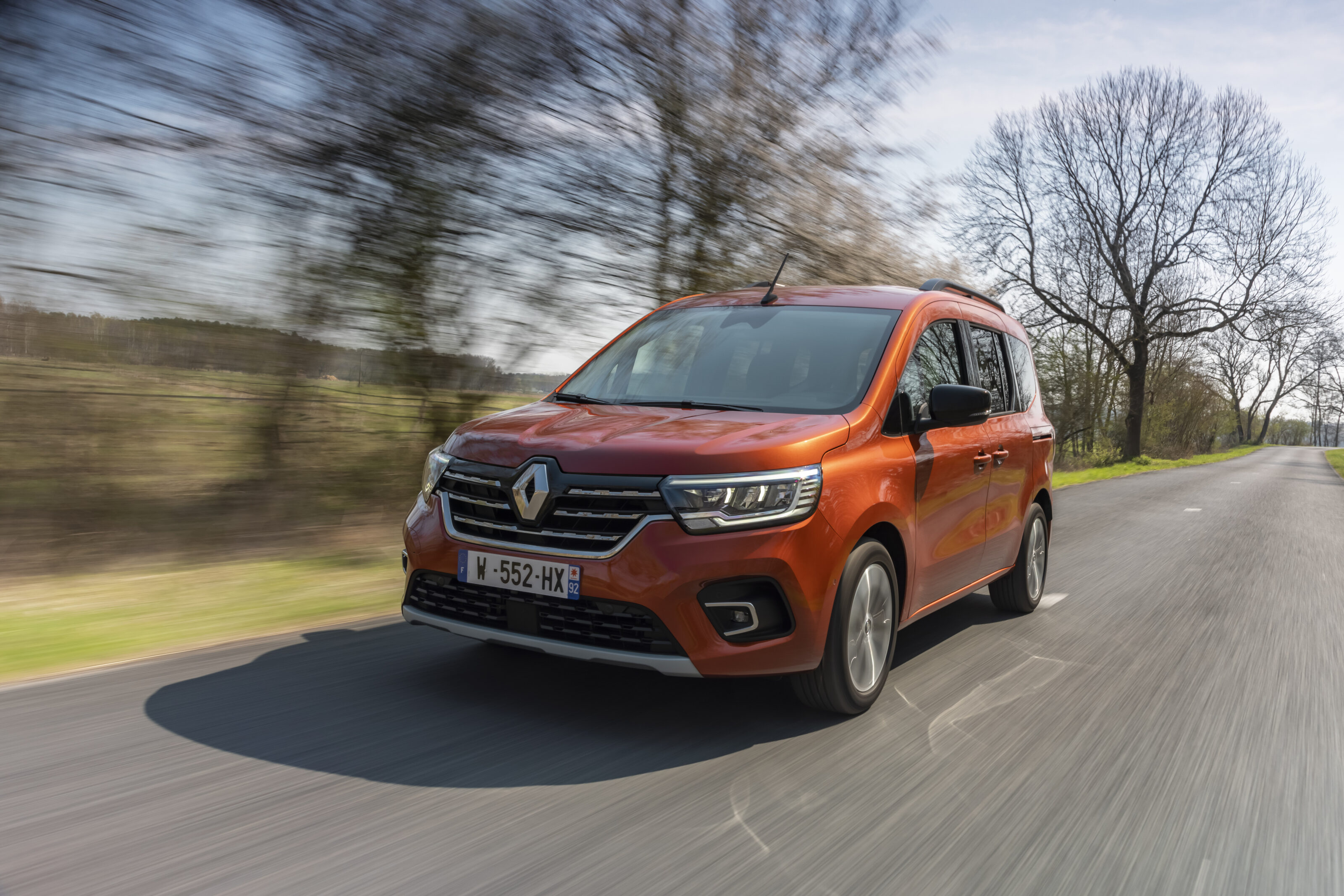
New Kangoo (ICE)
Although not electric just yet, back with stronger ambition is the new Kangoo designed for families – with Renault claiming it has so much storage you’ll “never run of space”.
It will be available in both five and seven-seater models, with three full-sized seats in the rear and more than 49 litres of useful storage compartment space. Its boot boasts upwards of 775 litres of flat-bed storage with the ability to expand up to 3500 litres.The new Kangoo comes with a choice of five powertrains – two petrol and three diesel.
The 1.3 litre petrol 130 four-cylinder engine produces 96kW/240Nm and is available as a six-speed manual or seven-speed auto, while the 1.3 litre 100 four-cylinder engine makes 75kW/200Nm but only comes in the six-speed manual.Meanwhile the diesel variants all come as a 1.5 litre four-cylinder Blue dCi – with the 115 (85kW/270Nm) and 95 (70kW/260Nm) available as either a six-speed manual or seven-speed auto. The 75 (55kW/230Nm) is only on offer with a six-speed manual.Fourteen new standard driver-assistance safety systems are included as standard.
Manufactured at the Renault factory in Maubeuge, France, it will be sold throughout Europe and internationally as early as June 2021.
Coming next year, a fully-electric version of the new Kangoo will also be available.
Currently in Australia we have the Kangoo and Kangoo Maxi (both ICE) and Kangoo Maxi Z.E (electric).
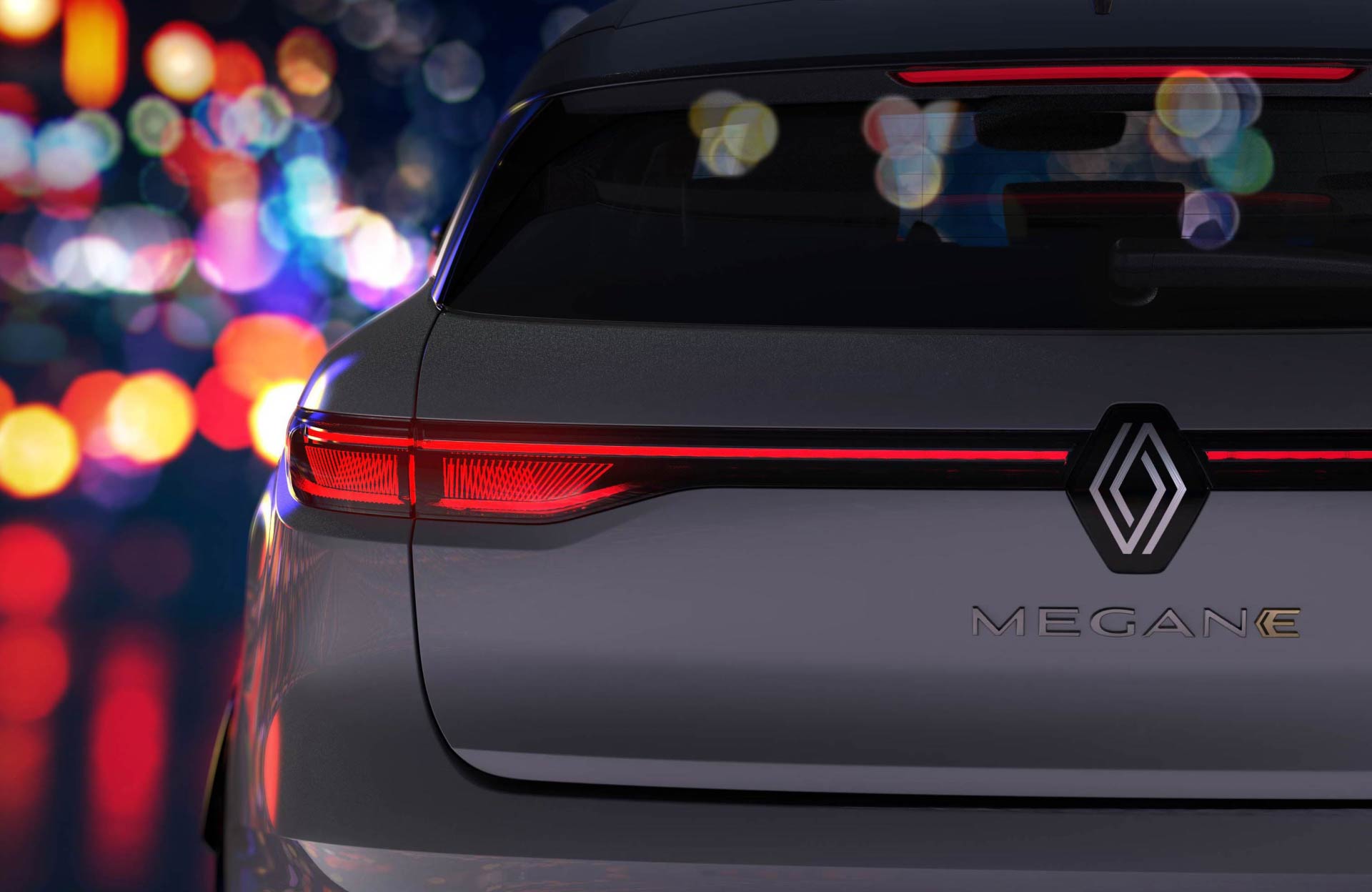
Megane E-Tech Electric
The Megane E, which was revealed in concept as the Megane eVision last year, is expected to be fully revealed later this year, with a launch likely to occur in the first half of 2022.
The Megane will wear the brand’s revamped logo and will sit on the Renault-Nissan Alliance’s CMF-EV platform.
It contains a 60kWh battery pack under the floor and a single 160kW e-motor with 300Nm of torque driving the front wheels, and its claimed driving range is around 450km on a single charge (WLTP).
It’s also said to sprint from 0-100km/h in less than eight seconds. Not exactly the hottest acceleration we’ve come to hear about with EVs, but a Renault Sport version could be on the roadmap.
An on-board charger will allow 7kW AC single-phase charging from a wall-box. However, the only charge time Renault has revealed so far is that the electric Megane will be able to reclaim 200 kilometres of range in 30 minutes when rapid charging at its maximum of 130kW DC.
Also next on the agenda for the upper segments – especially the C-SUV segment – will be the arrival of a brand-new 1.2L three-cylinder engine combined with an electric motor.
2022 will bring a 149kW hybrid, followed by a 208kW plug-in hybrid 4WD in 2024.
Exact details of whether we’re likely to see these models on the Australian market have yet to be revealed.



